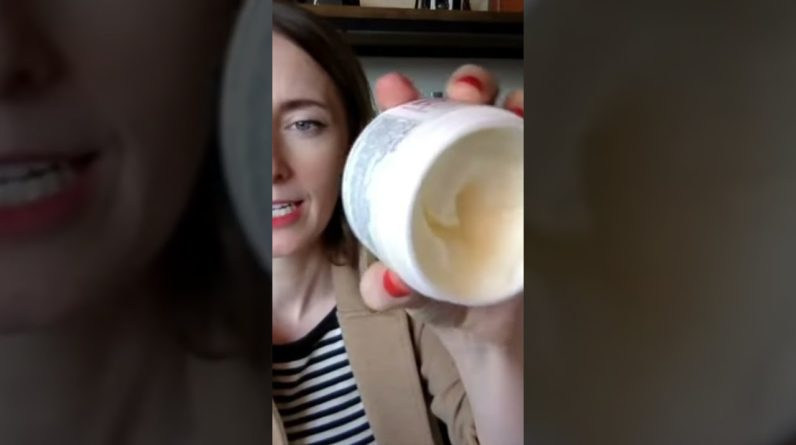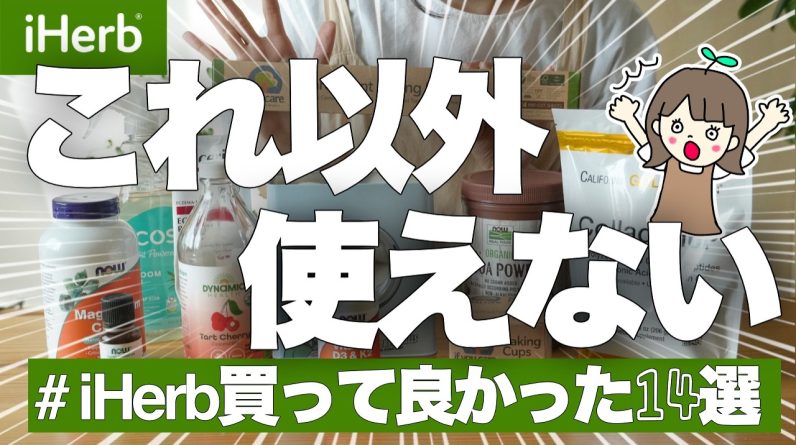In this video I’m going to show you 11 Plants You Need to Grow For An Endless Supply of Natural Remedies
Many people choose not to invest in their health because they see it as too much of a financial drain. It’s true that doctor’s appointments and prescription medications can be expensive, and even herbal supplements have skyrocketed in price since they’ve made it onto the mainstream market. However, there’s a way that you can still benefit from natural remedies yourself without the hefty price tag – by growing them yourself.
We rarely think about where our health supplements are derived from, but most come from the ground. With a bit of patience and minimal effort, you can grow them yourself in your own garden, and take them in their most natural form to treat a whole host of medical ailments.
Before I show you the top 11 plants you need to start growing today for an endless supply of natural remedies, if you check out this link it will show where you can obtain a book of the complete list of medical plants you can grow or find in the wild.
Without further ado here is the top 11 plants
No1 Dandelions
If you think dandelions are a weed that shouldn’t exist in your garden, change your mindset! Dandelions have numerous health benefits, and some studies even suggest that they’re effective in fighting chemo-resistant cancers. Dandelion leaves have diuretic properties and contain a whole host of important vitamins and minerals, including potassium. You can use dandelion root as a gentle liver tonic, and the plant’s mild analgesic properties are useful for creating balms to rub onto your skin as a pain reliever.
By nature, dandelions are more trouble to control than to grow. You’ll probably find dandelions on your lawn already, so you may not even need to purchase them from your local garden centre. They grow in almost all soil and weather conditions, but you’ll see more of them in your garden during the spring and summer months.
No2 Violets
Violets are more than just a pretty plant – it’s thought that they can also treat skin conditions such as cradle cap, hives and rashes. You can infuse violet leaves in oil to treat eczema and other dry skin conditions. Incredibly, violet has even been used to treat breast cysts and some forms of cancer. Be aware, however, that ingesting too much violet may have a laxative effect.
Some people consider violets as a common weed, but when grown in a controlled environment, they make an incredibly welcome addition to your garden. Grow your violets in cool, damp locations and moist soil. You won’t need to give them much of your attention for them to grow well.
No3 Roses
Why do you think so many skincare products contain rose extract? It’s not only because roses have a distinct smell – they’re also incredibly beneficial for skin health. The leaves can be used to treat bites and itchiness, and their anti-inflammatory properties reduce redness and calm the skin. Rose acts as a gentle anti-depressant, and is also anti-spasmodic, making it helpful for treating stomach or menstrual cramps.
Roses need full sun and well-draining soil for best growth. They bloom all summer, but continue to grow all-round. Roses are not a fussy plant, and you can rely on them to return year after year. They may require pruning every now and then, but you won’t have to dedicate much time to them to reap their benefits.
No4 Chamomile
Chamomile tea has made quite a name of itself in the natural remedy world, especially for its beneficial properties when consumed as a tea. Shop-bought camomile tea is still good for your health, but growing the plant yourself will help you to benefit from the herb in its most natural form. Chamomile is effective at treating nerves and anxiety, as well as indigestion. It’s thought to have a soothing effect on the muscles in the body, making it a good treatment for stomach-ache and menstrual cramps. You can also use chamomile to provide relief from skin irritations.
As an annual plant, chamomile doesn’t require much fuss in the garden. It prefers areas that get a lot of sun, and soils that are light and well-drained. You can sow chamomile directly into your garden once the frosts have passed.
No5 Lavender
source







